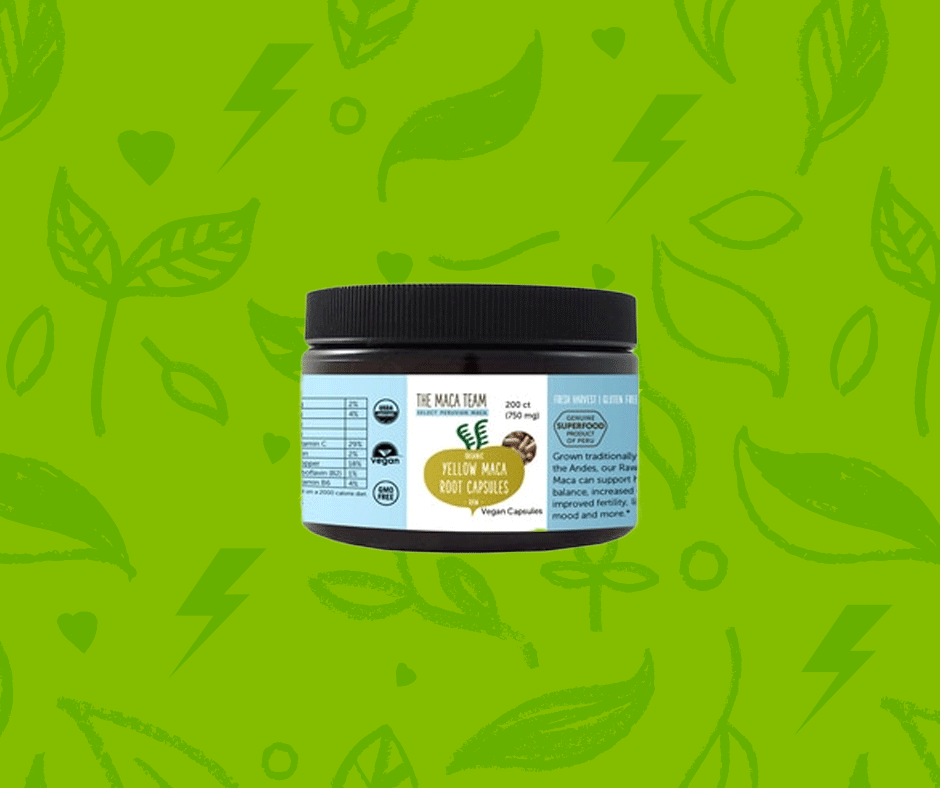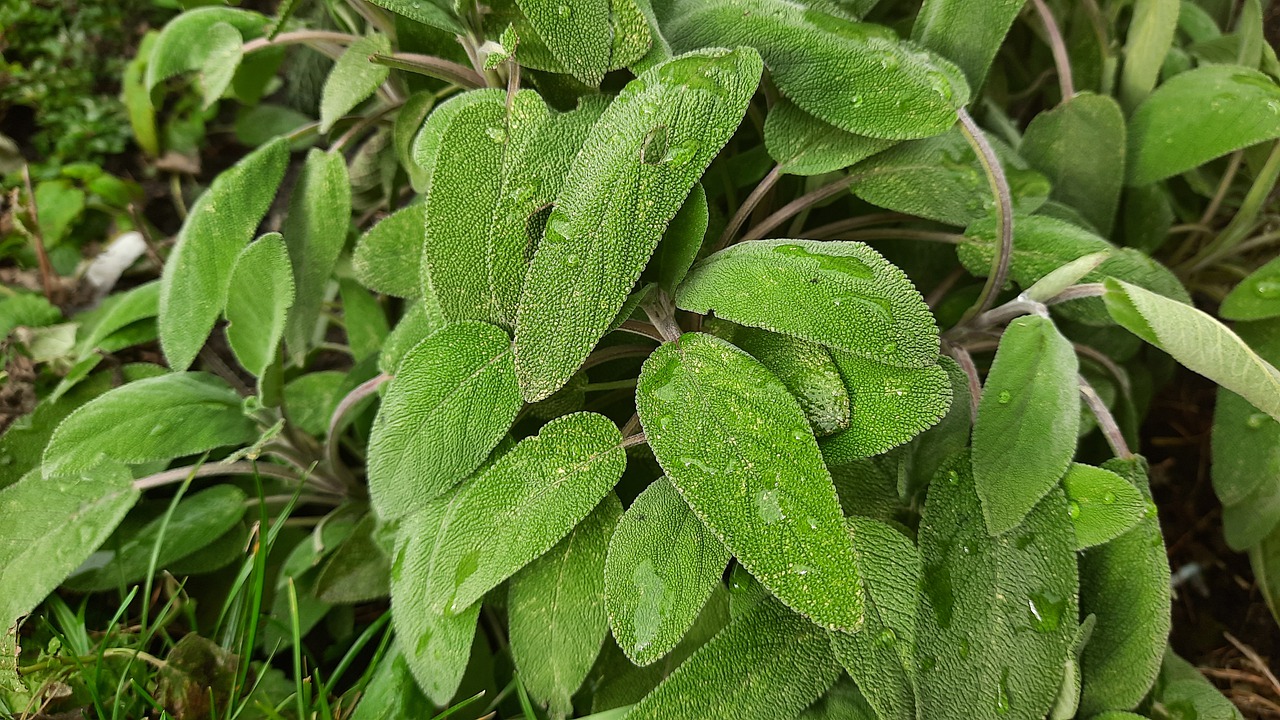Are you looking to add a herb to your existing diet that will not only make your food taste great, but also improve your health? Try using fresh sage! Sage is a native Meditteranean herb that is known for its herbal aroma and earthy flavor. It is used medicinally, as an ornamental plant, and for cooking.
Sage has a history of medcinal use, which goes back centurities. This herb is high in Vitamin K, which aids in blood clotting, and contains magnesium, copper, and zinc. It also contains Vitamin A, Vitamin C, and antioxidants that can reduce the risk of developing severe chronic conditions such as cancer.
This herb is usually taken in small amounts, while still providing nutritional and health benefits. Some health benefits include:
- Lowering LDL, or "bad" cholesterol
- Supporting brain health and memory
- Potential protection against mouth, colon, liver, cervix, breast, and kidney cancer
- Combating skin aging
- Supporting bone health
- Alleviating diarrhea
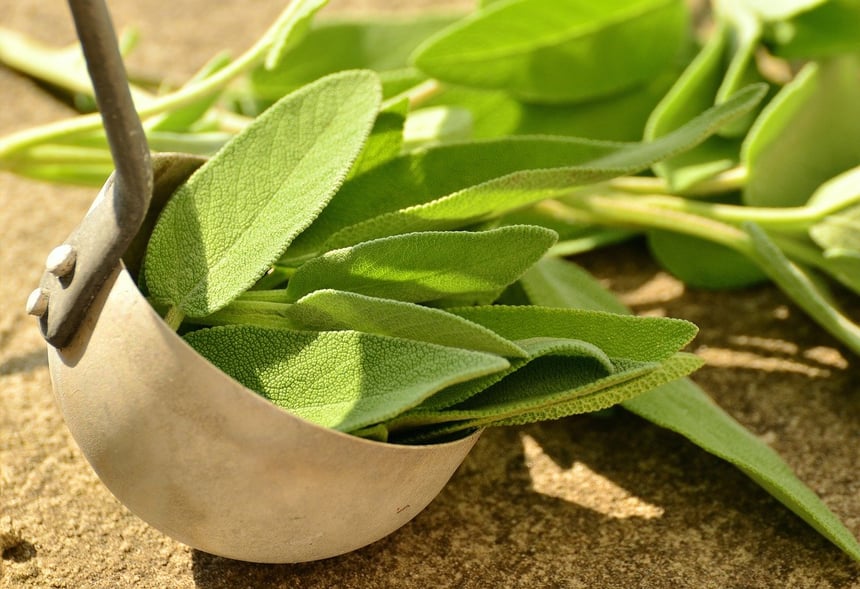
What You Can Do With Sage:
Sage is commonly used as a spice in foods.
You can add fresh sage into your diet by:
- sprinkling it as a garnish on soups
- mixing into stuffing for roasted dishes
- mixing with butter
- adding choppped leaves into tomato sauce
- serving with eggs in an omelet
- mixing into tea
You can use dried sage as:
- a rub for meat
- as a seasoning for roasted vegetables
- a combination with mashed potatoes or squash
Sage products can also be purchased as tea and extract supplements.
How Much Sage Should I Use?
A typical daily dosage for dried sage leaves have been described as 4 to 6g/day. If consuming sage tea, it is safe to limit consumption to 3-6 cups a day.
Fresh and Dry Sage Dosage Conversion:
1 tablespoon of fresh chopped sage=1 teaspoon of dried sage
1/2 ounce of fresh leaves=1/2 cup dried leaves
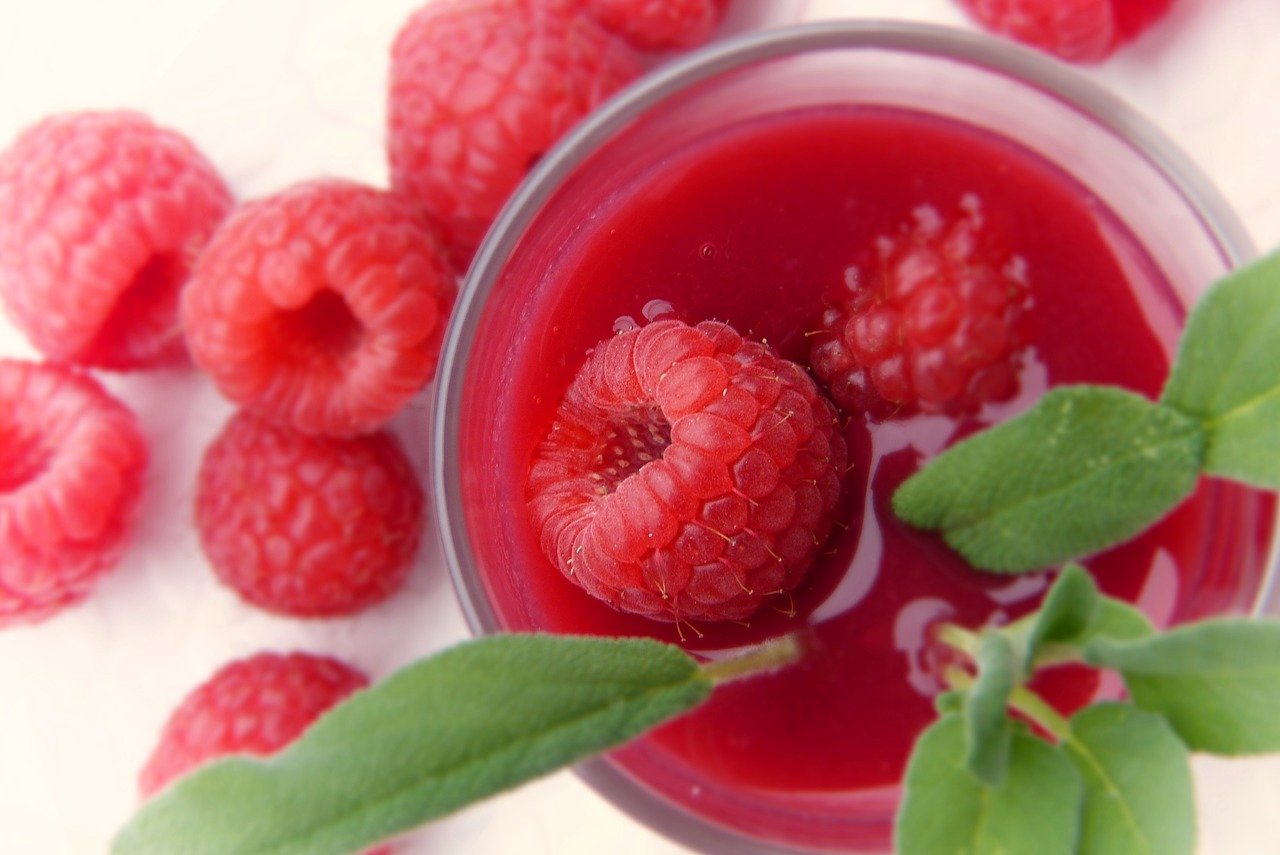
How to Make Sage Tea:
You can easily purchase sage tea bags online or your nearby grocery store.
If you would like to make this beverage at home, you will need the following ingredients:
- 1 tablespoon of fresh sage or 1 teaspoon of dried sage
- One cup of water
- Fresh lemon juice for taste
- Optional sweetener
Boil the cup of water, then add your sage and steep for 5 minutes. Use a strainer in order to remove leaves before you add any lemon juice or sweetener. You can enjoy this drink hot or cold!
Health Benefits of Sage Tea:
Even though preliminary scientific research of sage tea are still being conducted, this drink is notably packed with multiple health benefits including:
- Reducing inflammation and neutralizing free radicals that can lead to type 2 diabetes and certain cancers
- Promoting healthy skin and wound healing
- Promoting oral health and acting as a remedy for sore throats and mouth wounds
- May have anticancer properties since it contains anticancer compounds such as carnosal, camphor, and rosmarinic acid
- Improving blood sugar control
- Promoting brain health and improving mood
- Supporting women’s health by acting as a remedy for pregnancy morning sickness, reducing breast milk reduction for women who are weaning, and reducing the severity of hot flashes on post-menopausal women
- Improving cholesterol and triglyceride levels, which can decrease your risk of heart disease
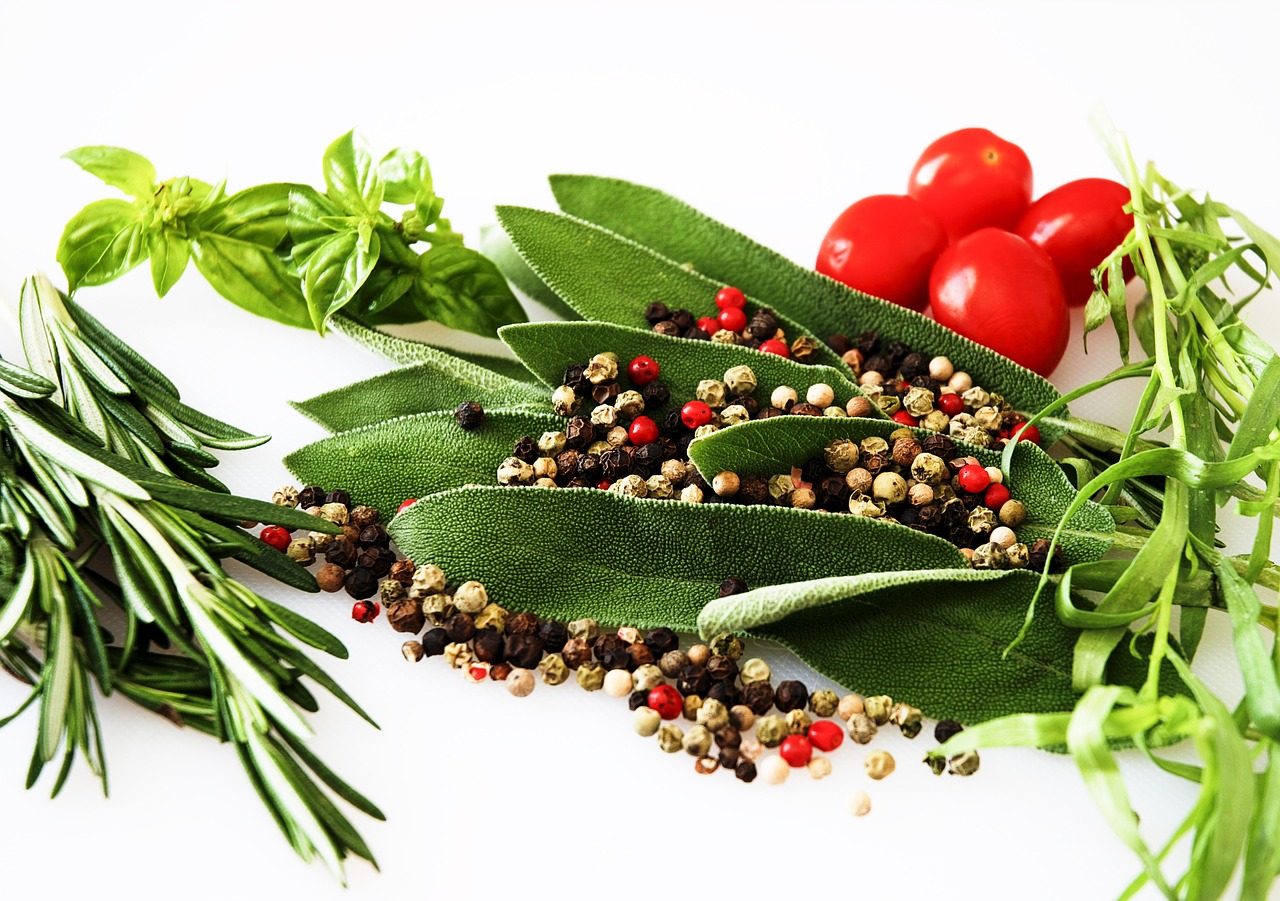
Can You Eat Sage Raw?
Sage is rarely eaten raw because it is considered to be a little too pungent (strong taste or smell) to be consumed raw. The herb's aroma and flavor is best released when cooked.
There are really no excuses not to try healthier habits in your everyday life. If you are a man or woman looking for specific benefits of adopting healthier habits or just want to know about the general healing properties of herbs. Please remember to comment or post any health questions, or contact us directly!
References:
Healthline. (2018). 12 Health Benefits and Uses of Sage
Healthline. (2019). 9 Emerging Benefits and Uses of Sage Tea
Foodprint. (2021). Real Food Encyclopedia | Sage









